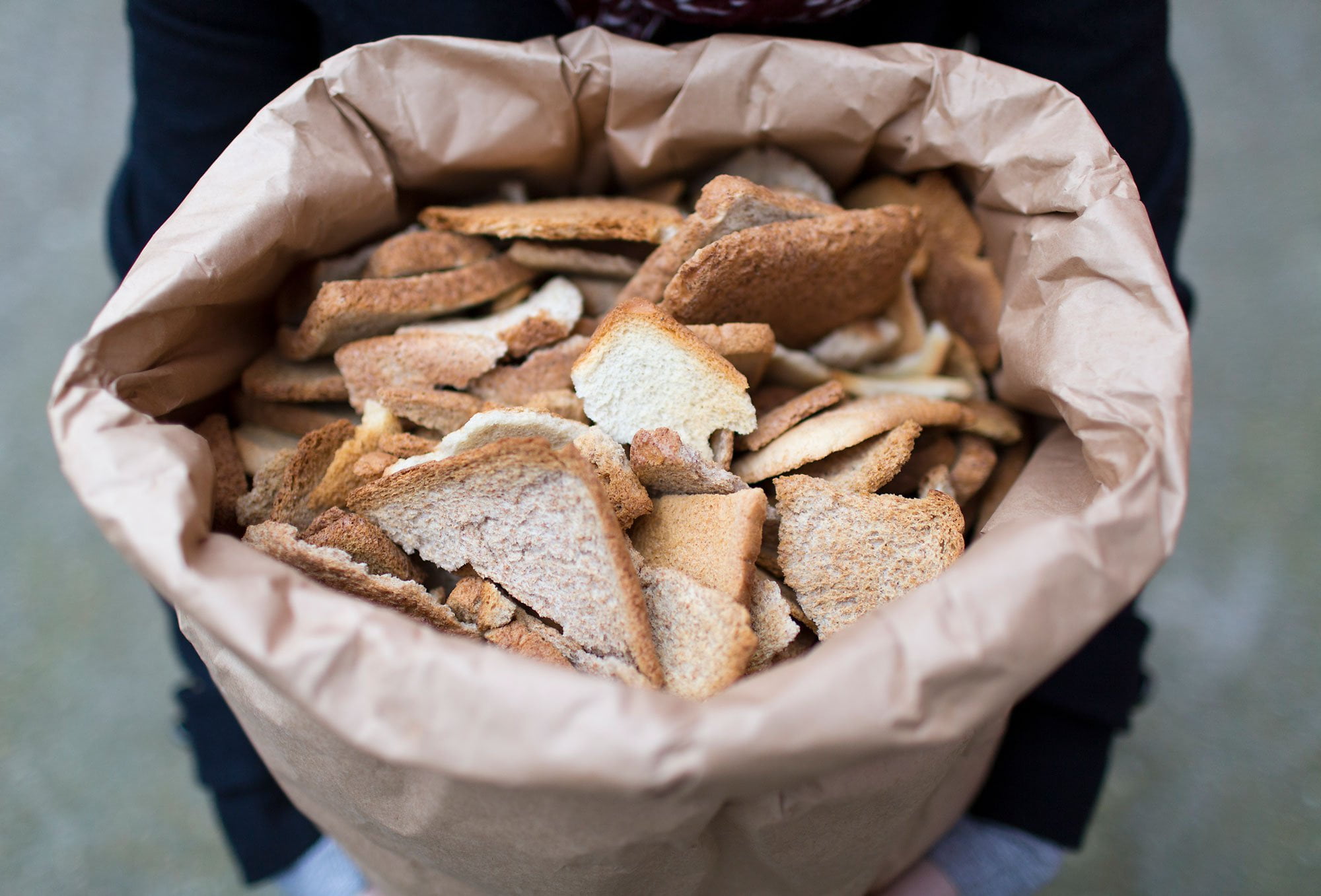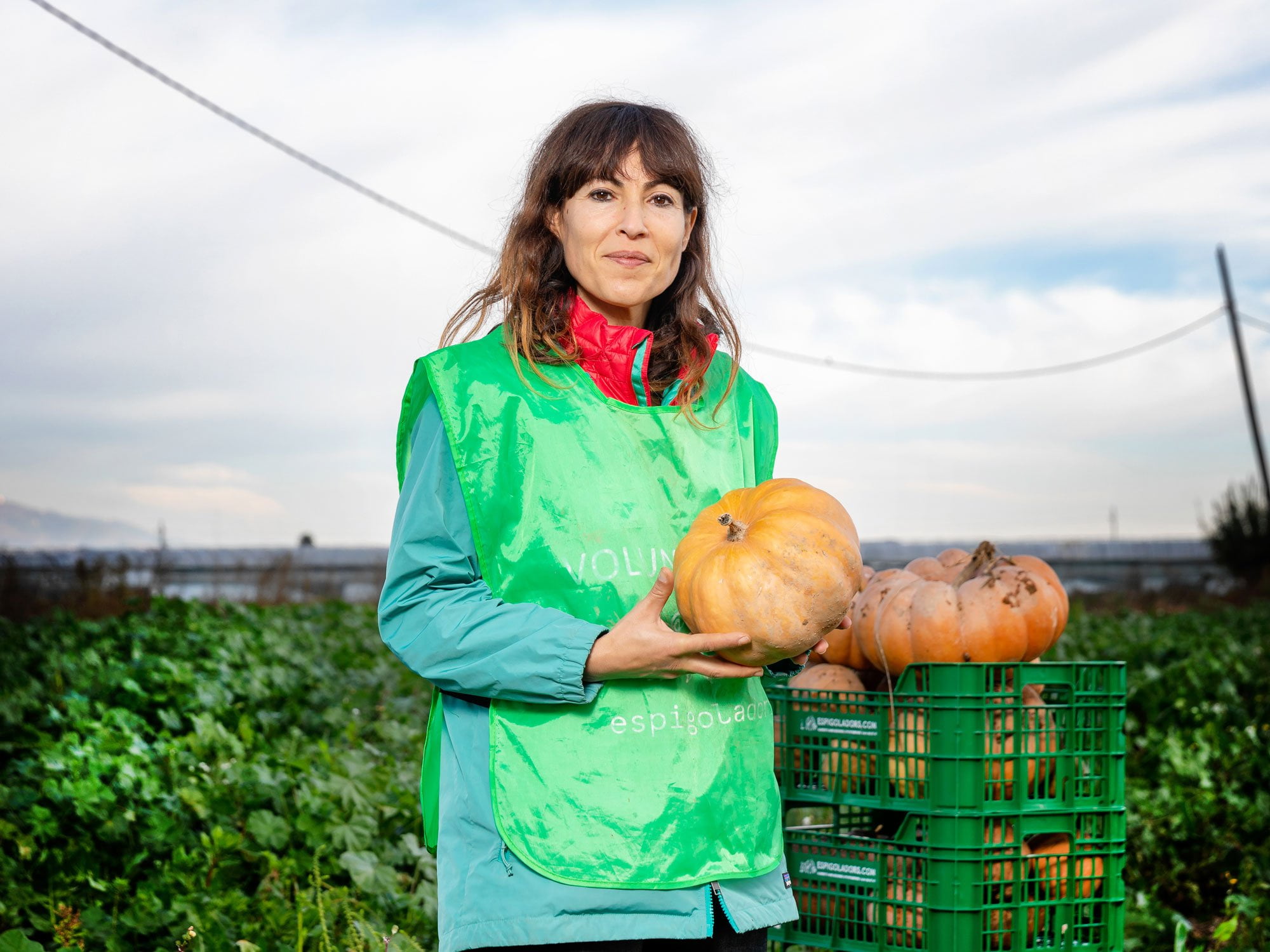It’s not waste, it’s potential. Meet the companies saving, reusing and upcycling unused food, at every step from field to fork. It just goes to show: you can build a viable business and have a beneficial impact on the environment at the same time.
Fixing the causes of waste on the farm
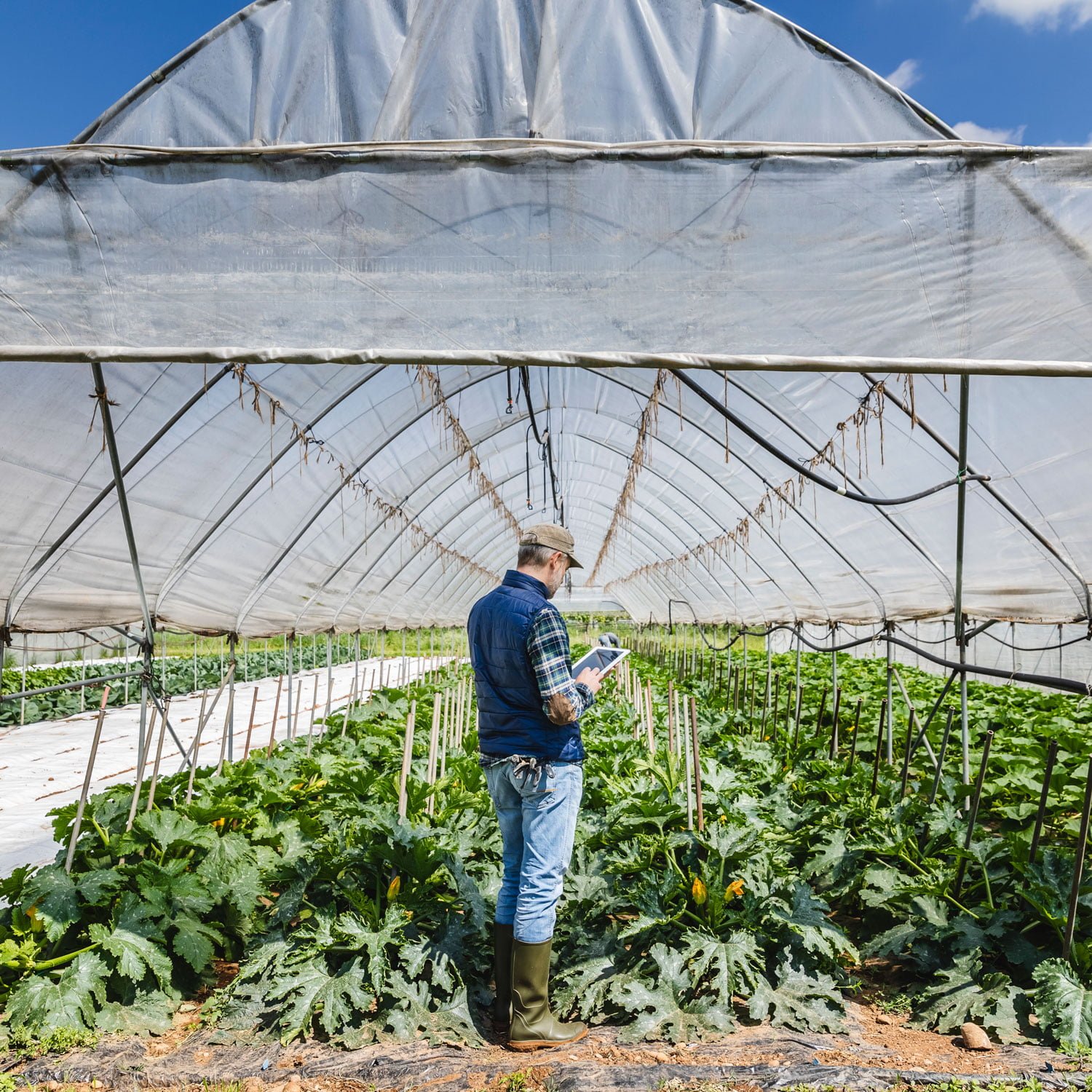
Analysing data lets farmers spot waste and fix it, fast. Photo: Massimo Colombo / Getty Images
Fighting food waste starts at the farm, and technology has made it easier than ever. Agrivi is one software tool that lets farmers track and analyse their activities, with fields, crops, weather patterns and agricultural products all represented digitally. In one example, Agrivi helped a large farm realise it could save millions by timing harvests to avoid picking crops when they still had too much pesticide residue, which would then have to be discarded. Founded in 2013, Agrivi recently secured €4 million funding to expand in Europe and the United States.
Protecting stored crops from pests
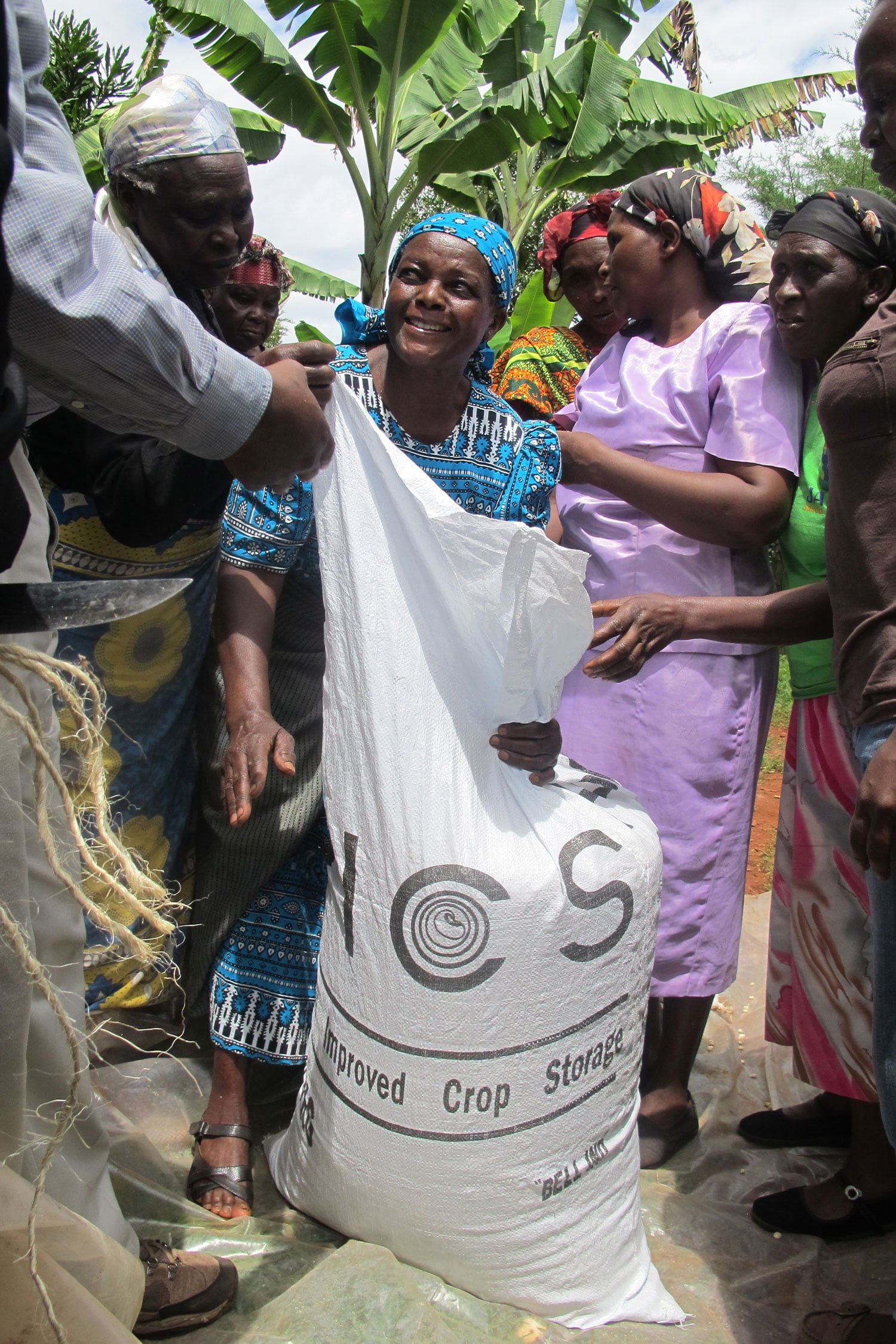
Demonstrating airtight crop bags to a women’s group in Nyeri, Kenya. Photo: Dieudonné Baributsa, Purdue University
Once crops are harvested, farmers in Africa must protect them from pests and mould while they are stored – or face big losses. To help, Purdue University in the United States worked with producers in Cameroon and Senegal to develop reusable airtight bags. The triple-layered bags cut off oxygen, killing insects and preventing mould. This can cut waste by up to 90%, and frees up farmers to use less harmful pesticides, and to sell when it suits them, rather than having to get rid of stocks in a hurry. Funding from the Bill & Melinda Gates Foundation allowed the project to find local manufacturers to produce the bags all over Africa and Asia, and to educate millions of farmers in how to use them. To date, 20 million of the bags have been sold in 35 countries, saving farmers an estimated $1.5bn, and benefiting consumers and local businesses.
Keeping fruit and veg fresh for longer
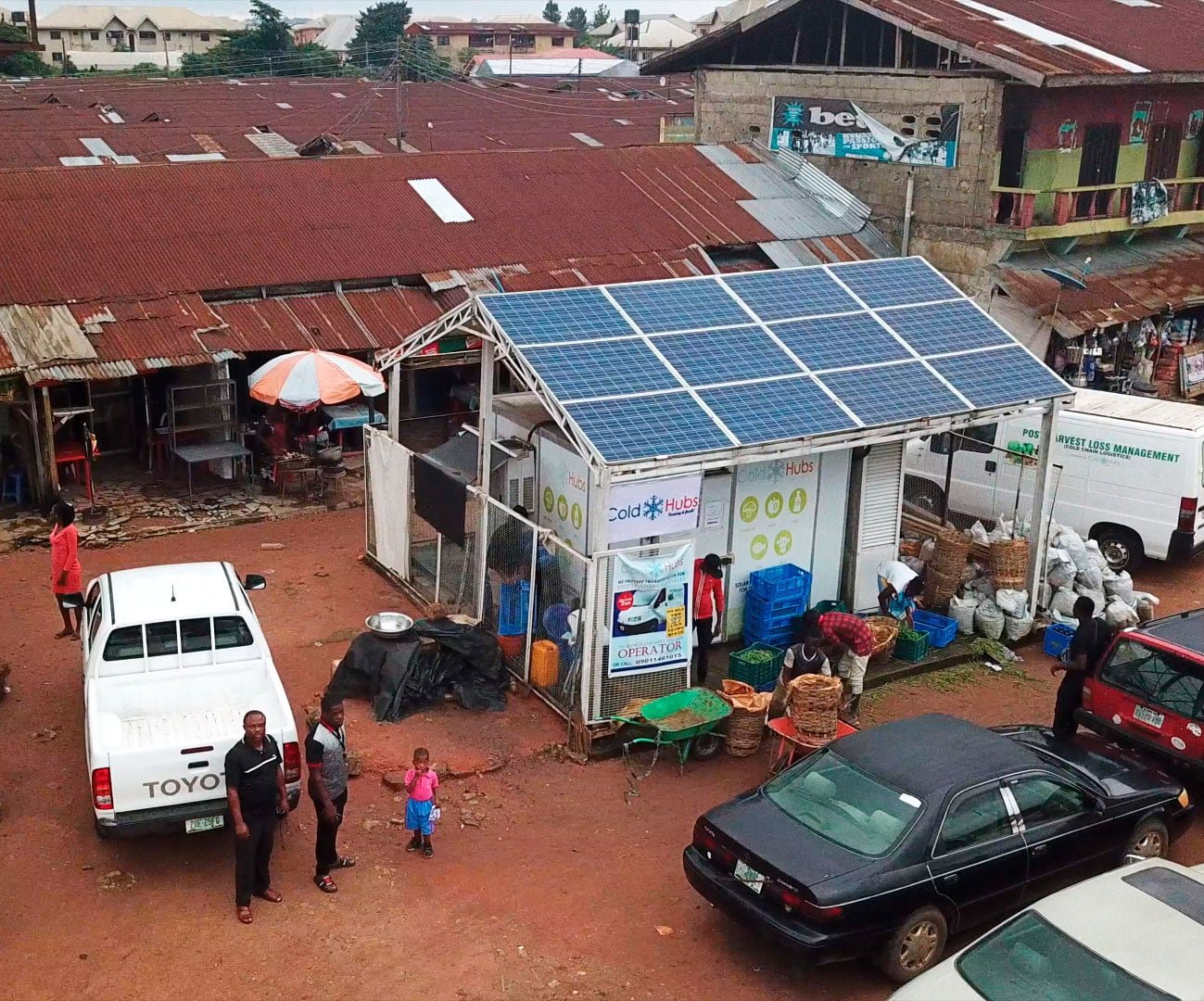
Thousands of market traders keep produce fresh in off-grid cold rooms like this one. Photo courtesy of ColdHubs
People in Sub-Saharan Africa waste very little food at home, but large amounts are lost in processing and distribution. Keeping fresh produce cold is one key challenge. That’s why Nigerian entrepreneur Nnaemeka Ikegwuonu set up ColdHubs, which offers market traders access to cold rooms on a pay-as-you-store basis. Today more than 3,500 farmers and market sellers carry ColdHubs cards that let them store their produce, extending its life from two days to 21. ColdHubs say this reduces spoilage by 80%, and can increase smallholders’ incomes by a quarter. Twenty-four ColdHubs are up and running, and a further 30 are being built. The company now has its eye on expansion in South Sudan, Sierra Leone and Kenya.
Distributing surplus and rejected produce
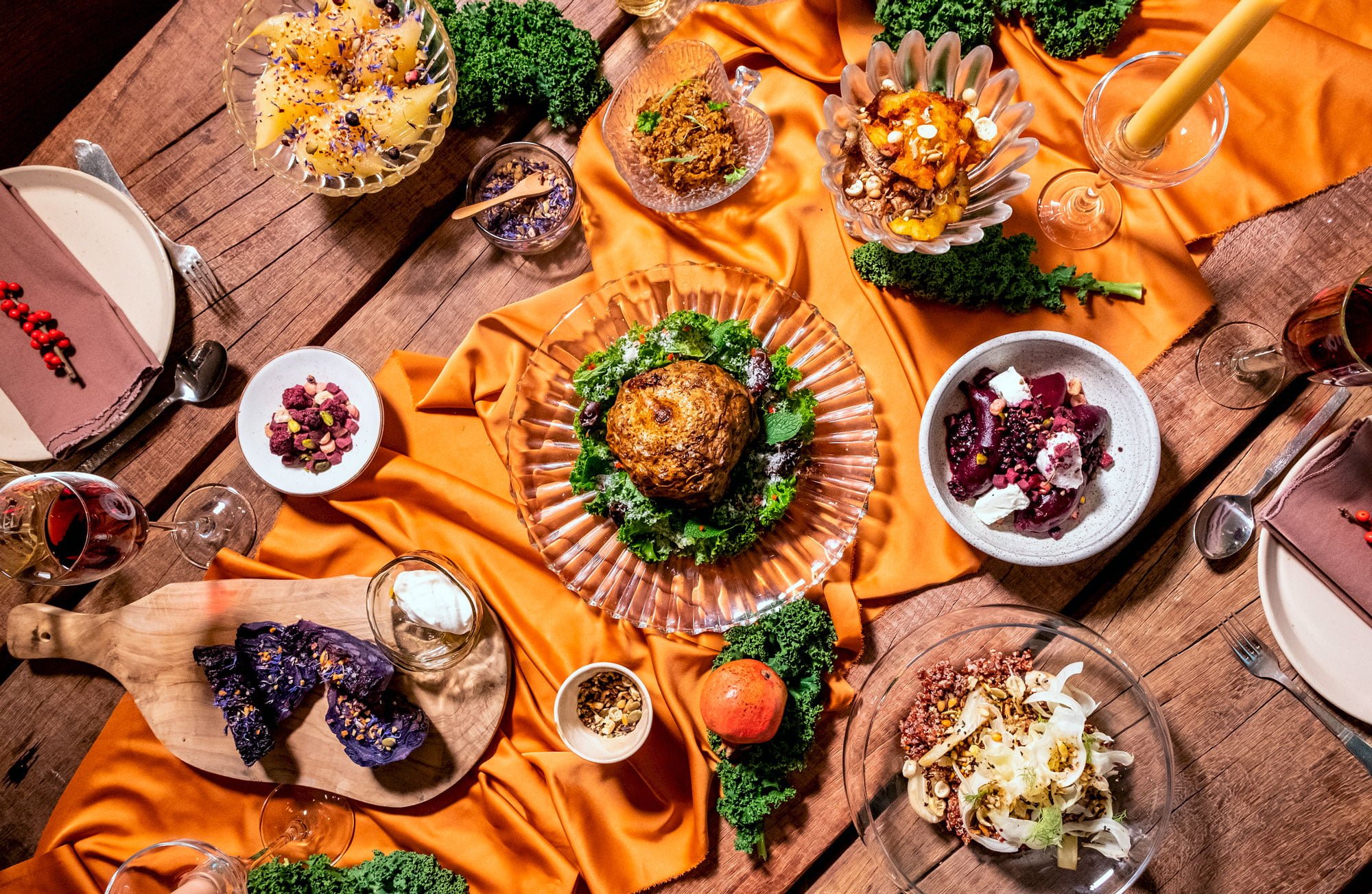
All this food was once considered not good enough, or surplus to requirements. Photo courtesy of Eat Grim
Supermarkets’ precise requirements for the appearance of fruit and vegetables are a big driver of waste. So some organisations have made it their business to ensure the ugly stuff gets eaten. In Denmark, Eat Grim delivers boxes of delicious fruit and veg to customers’ doorsteps – and it’s all surplus or rejected. Quality standards have their place, Eat Grim co-founder Carolin Schiemer told the 5 Podcast, but “we’re tired of being forced to be perfect. We also notice that striving towards a perfectionist culture is the opposite of sustainability.” Eat Grim has nearly 3,000 subscribers in Denmark and its revenue for 2020 is expected to exceed €1 million.
Upcycling rejected fruit into something new
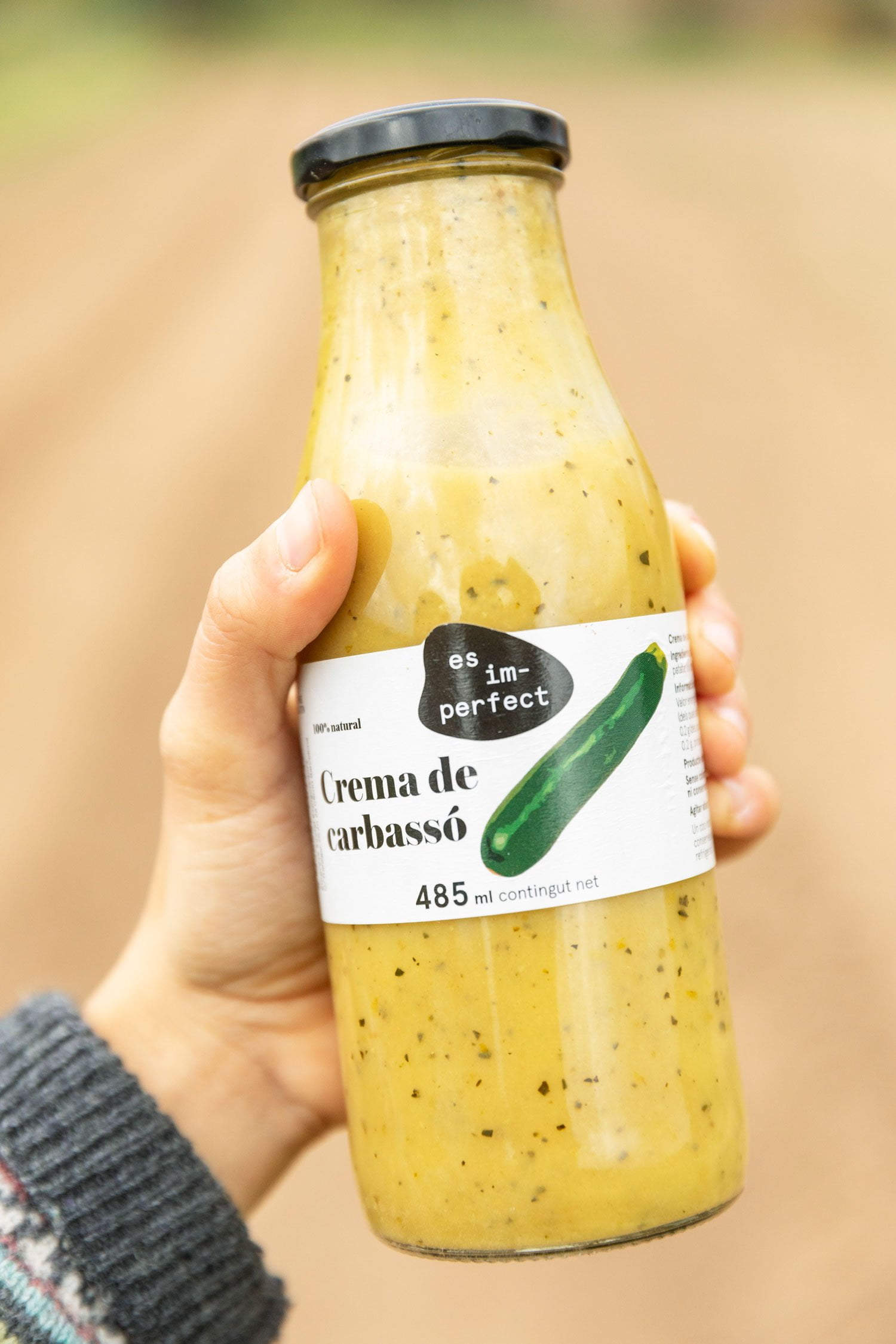
Nothing imperfect about this courgette soup. Photo: Gunnar Knechtel
Created by the Spanish gleaning organisation Espigoladors, Es im-perfect turns surplus and rejected carrots, pears, apples and onions into delicious jams, pâtés and sauces. This reduces waste and provides work for people at risk of social exclusion – while farmers are glad to find a use for produce that they would otherwise not be able to get rid of. Es im-perfect’s products are on sale all over Spain, and Catalan chef Ada Parellada has given them her stamp of approval.
Brewing beer from leftover bread
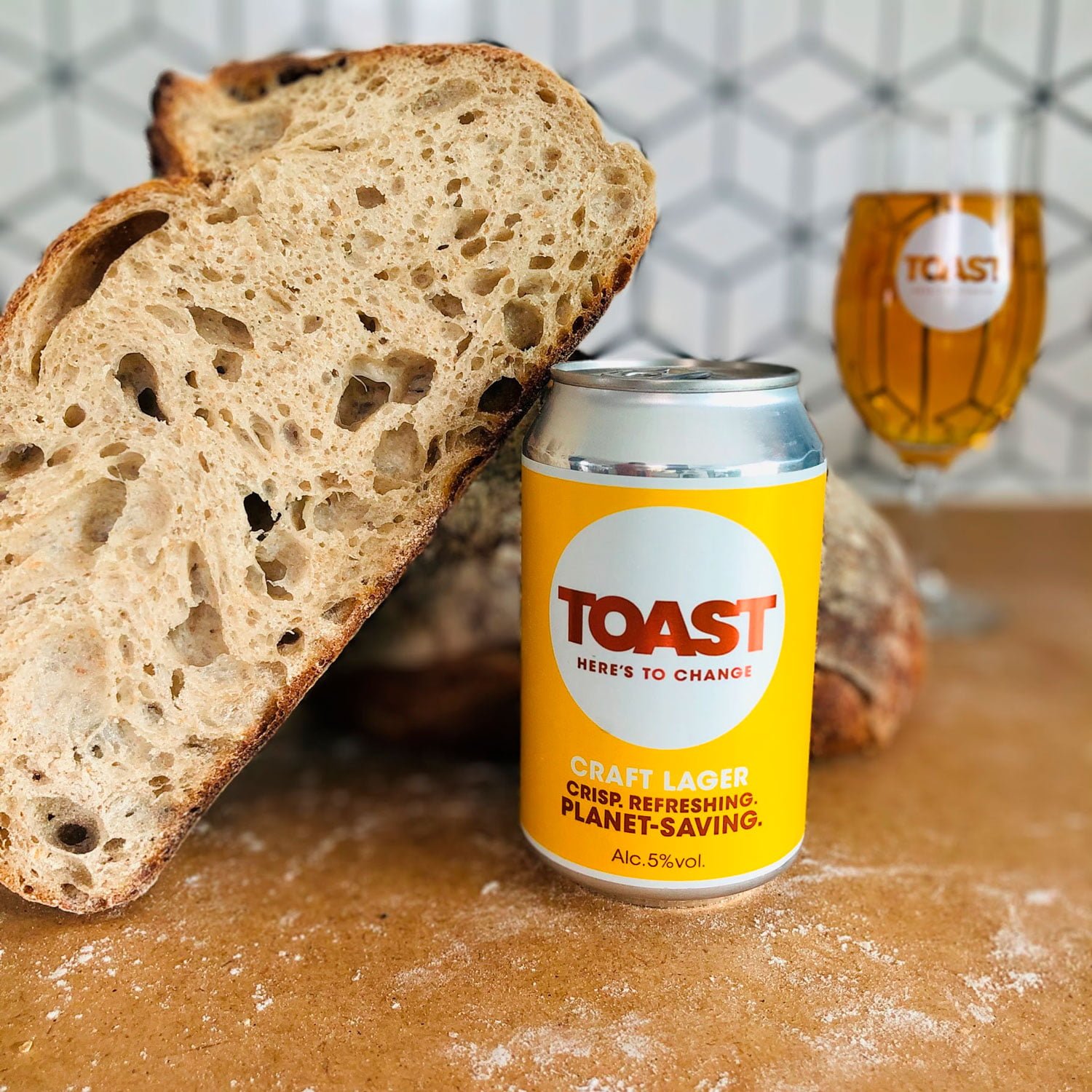
Made from bread instead of barley. Cheers. Photo courtesy of Toast Ale
London-based Toast Ale brews award-winning lagers and pale ales from leftover bread instead of barley. At the same time the company works to raise awareness of the “broken” food system and how we can make it better. The company has even teamed up with well-known bakery brands such as Warburton’s, to brew special beers from bread products that came out wonky, and couldn’t be sold. Since starting out in 2016, Toast Ale has saved nearly two million slices of bread that would otherwise have gone in the bin, and its annual revenue is getting on for a million pounds.
Turning waste into animal feed – with help from insects

Pigs, chicken and fish love these things. Photo courtesy of Entocycle
Black soldier fly larvae may not look very appealing, but Entocycle says they’re “nature’s perfect upcycling machine”. Fed on food waste, the maggots are a sustainable source of nutrition for many animals. Entocycle feeds them rejected fruit and veg, brewer’s grains and coffee grounds, then harvests them as feed for fish and pets. It’s a business with a bright future: the UK and the European Union are expected to allow insects to be fed to pigs and chickens as of 2021. And Entocycle recently won £10 million (€11 million) funding for a new factory outside London, able to process 33,000 tonnes of food waste a year.
Showing food businesses how much they waste
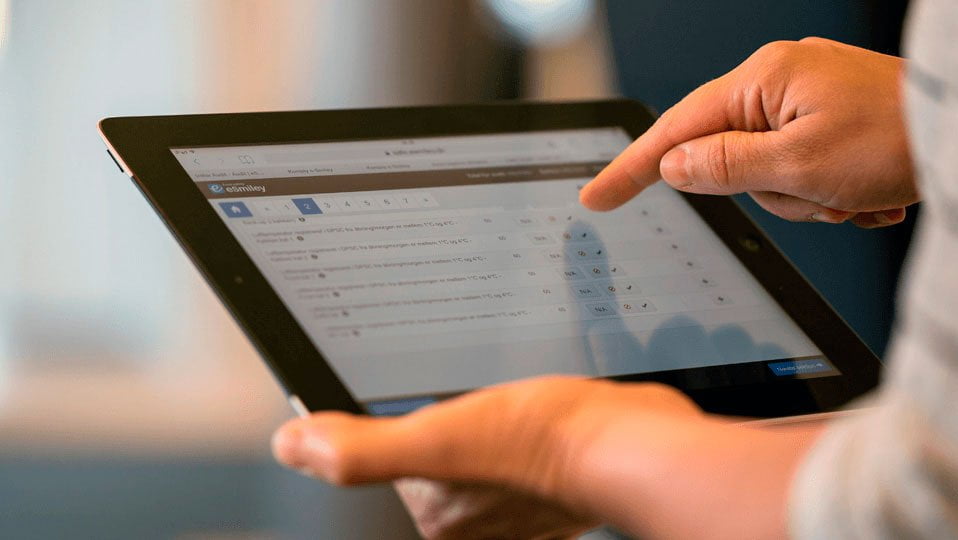
Restaurants and other food businesses use eSmiley’s software to track and reduce waste. Photo courtesy of eSmiley
What gets measured gets managed. That’s the mantra behind tech firm eSmiley’s tool for monitoring food waste, whose users include the Scandlines ferry company and Swedish restaurant chain Food by Coor. eSmiley’s Mette Toftegaard Rasmussen told the 5 Podcast: “You have to know if you have food waste or not before you can do anything about it… I often ask [chefs], do you think you have food waste here in your kitchen, and they say, of course not, we’re not throwing anything away.” Then they measure it. “Almost 100% of them will be very surprised that actually there’s a lot of waste.”
Giving unused food a home
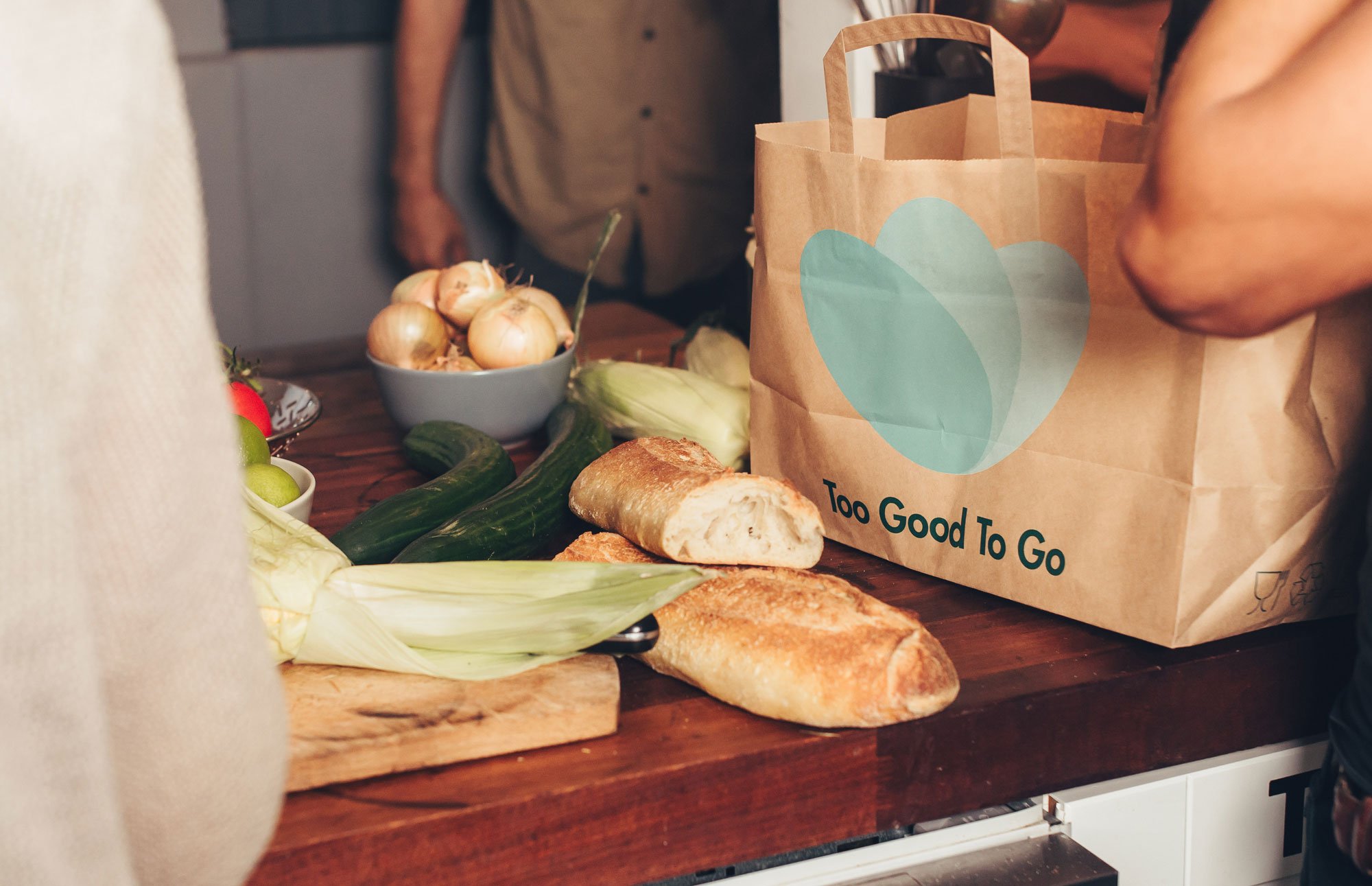
Fresh stuff might as well be used while it’s good. Photo courtesy of Too Good To Go
At the end of a day’s trading, supermarkets, restaurants and cafes can end up with fresh produce leftover that they can’t use or sell in time. Plenty of people would gladly give it a home, but how to find them? That’s where Too Good To Go steps in. The app, which launched in 2016, now claims to be the world’s biggest marketplace for consumers to find surplus food. Simply enter your location and it shows you a list of nearby businesses offering cheap bags of fruit, veg, bread and even flowers, ready to be used right now. It’s their way of trying to put an end to what they call “the world’s most senseless problem”.
Teaching kids what real fruit and veg look like
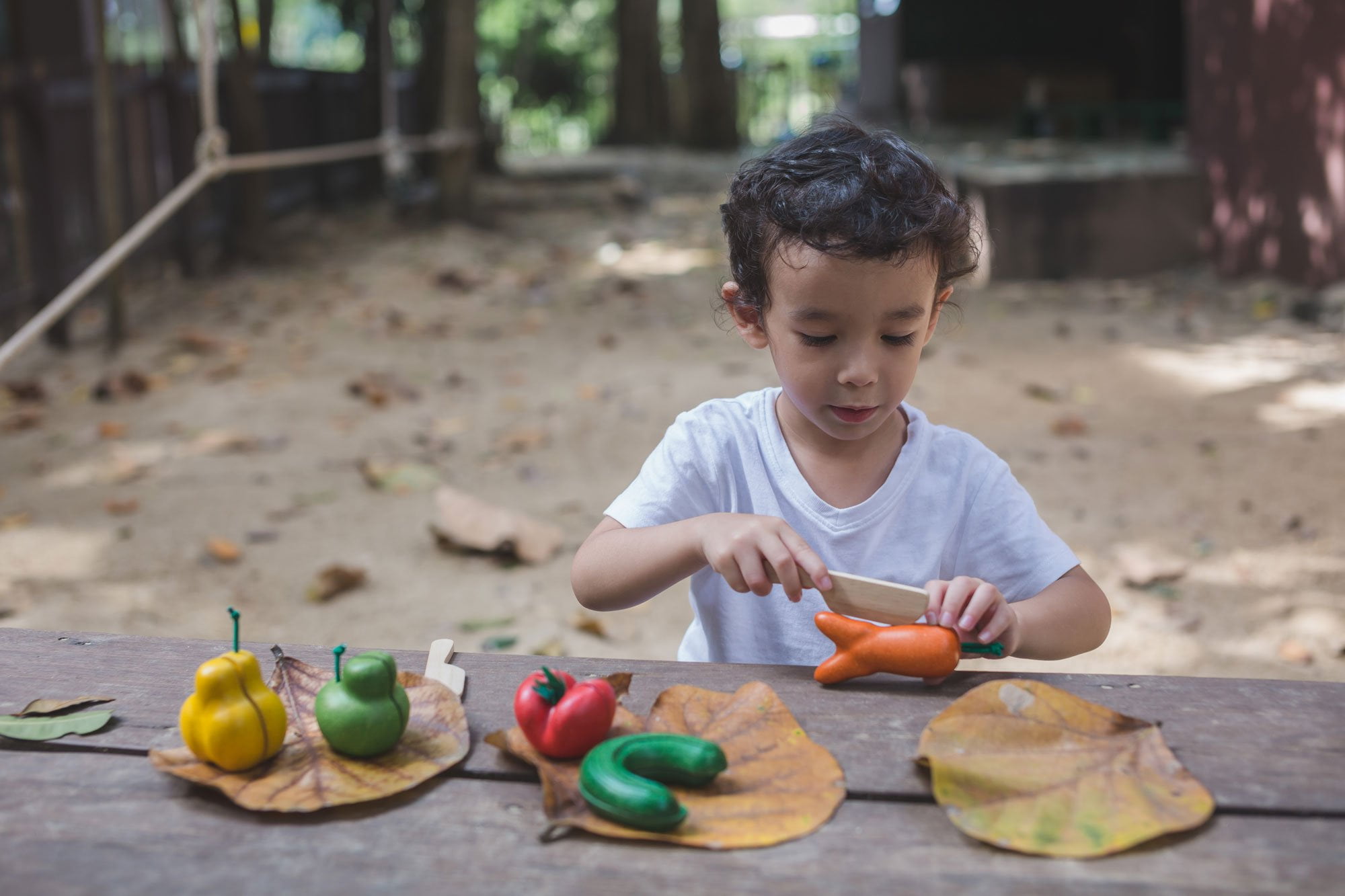
Food is wonky. Deal with it. Photo courtesy of PlanToys
Why do we expect fruit and vegetables to look pristine and perfect? Why are we surprised when we see a twisty cucumber, or a two-headed carrot? Perhaps it’s because we were raised this way. That’s why Thai toymaker PlanToys started producing this wonky fruit and veg set. The idea came from the food waste campaigning organisation Kromkommer, who ran a crowdfunding campaign to get the first sets made. It was so popular that PlanToys made it available worldwide as part of its regular range, with €1 from the sale of each set going back to Kromkommer.
